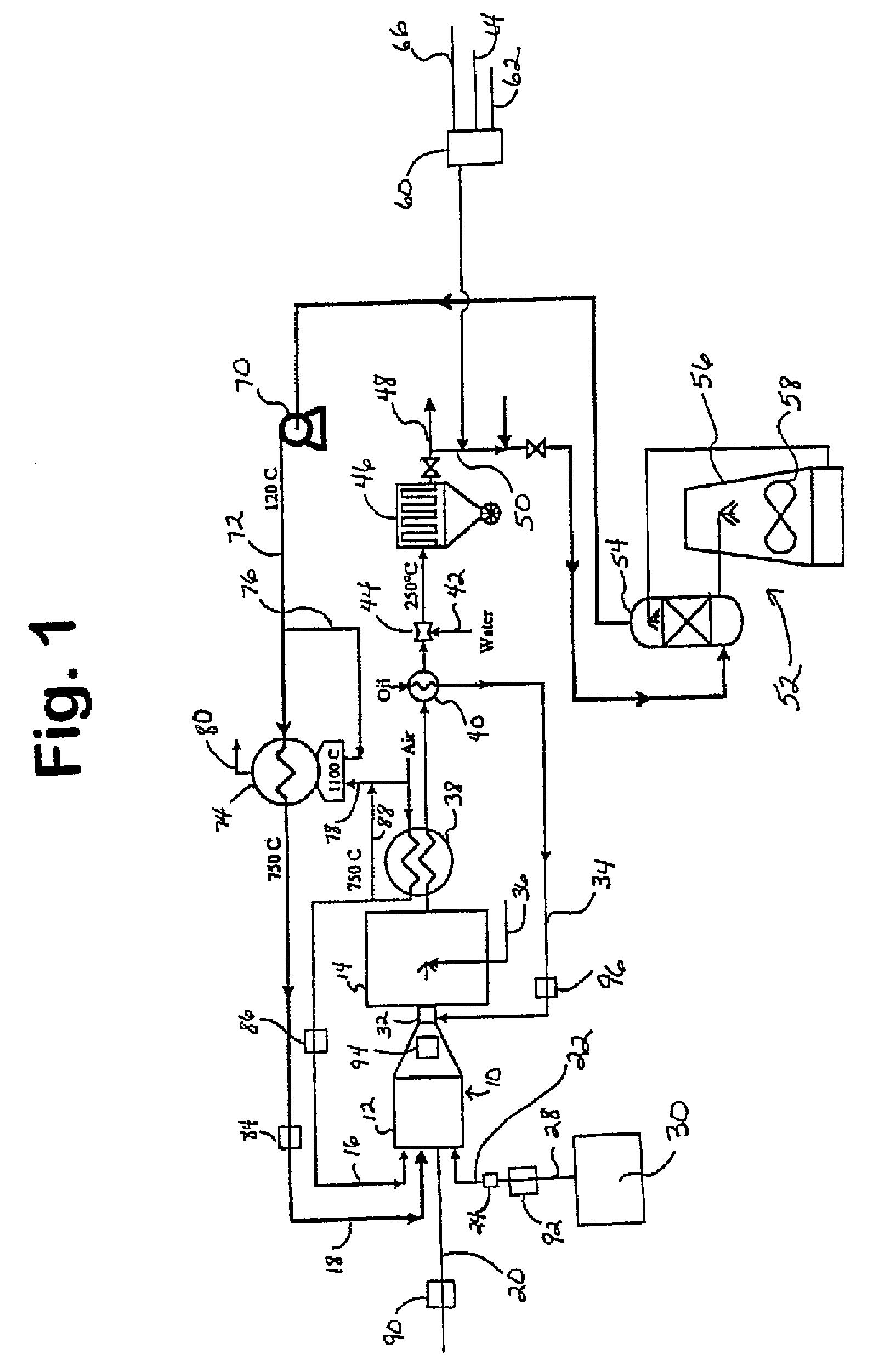Process for production of carbon black
a carbon black and process technology, applied in the field of art for producing carbon black, can solve the problems of uneconomically high raw material cost, excessive high temperature, and the furnace carbon black process does not operate at desirable efficiency levels, so as to improve production flexibility and economics.
- Summary
- Abstract
- Description
- Claims
- Application Information
AI Technical Summary
Benefits of technology
Problems solved by technology
Method used
Image
Examples
Embodiment Construction
[0015]The following detailed description of certain preferred embodiments will illustrate various aspects of the inventive subject matter disclosed herein, as well as principles of operation regarding such inventive subject matter. With benefit of the foregoing disclosure and the following detailed description, numerous alternative and modified applications of the inventive subject matter will be apparent to those skilled in the art.
[0016]Referring now to FIG. 1, a furnace carbon black producing process and apparatus are illustrated in accordance of certain aspects of the present invention, including certain optional elements in accordance with preferred embodiments. Carbon black furnace 10 is seen to comprise burner portion 12 and reactor portion 14. Burner portion 12 is fitted with gas feed ports to received an oxidant gas feed stream, specifically, combustion air via feed line 16, a combustion gas feed stream, which in the embodiment illustrated in FIG. 1 is off-gas via feed line...
PUM
| Property | Measurement | Unit |
|---|---|---|
| temperature | aaaaa | aaaaa |
| combustion temperature | aaaaa | aaaaa |
| combustion temperature | aaaaa | aaaaa |
Abstract
Description
Claims
Application Information
 Login to View More
Login to View More - R&D
- Intellectual Property
- Life Sciences
- Materials
- Tech Scout
- Unparalleled Data Quality
- Higher Quality Content
- 60% Fewer Hallucinations
Browse by: Latest US Patents, China's latest patents, Technical Efficacy Thesaurus, Application Domain, Technology Topic, Popular Technical Reports.
© 2025 PatSnap. All rights reserved.Legal|Privacy policy|Modern Slavery Act Transparency Statement|Sitemap|About US| Contact US: help@patsnap.com

